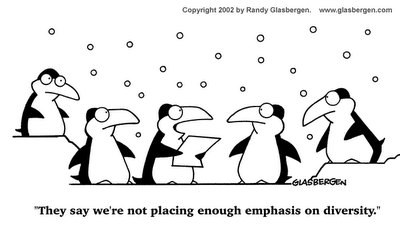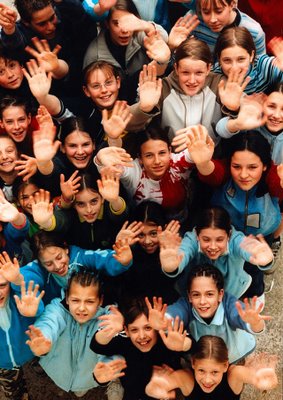
A Sense of Belonging
An ideal learning space gives students a sense of home, of belonging.Like a nest, it offers security and orientation,it is also a place from which one can stretch one's wings...
An ideal learning space gives students a sense of home, of belonging.Like a nest, it offers security and orientation,it is also a place from which one can stretch one's wings...
A 'sense of place' - an identity - is something all communities need, and indeed it can be argued that a principle cause of alienation, crime and dysfunction is the loss of this sense of identity.
Our relationship with the land is one of belonging to, caring for, being cared for and growing up with: our land is our mother. The sense of place that is embedded within the souls of all aboriginal people is the obligation to ensure the very life and survival of our Mother Earth, the bearer of all creation.
http://www.urbanecology.org.au/ecocity2/senseofplace.html








